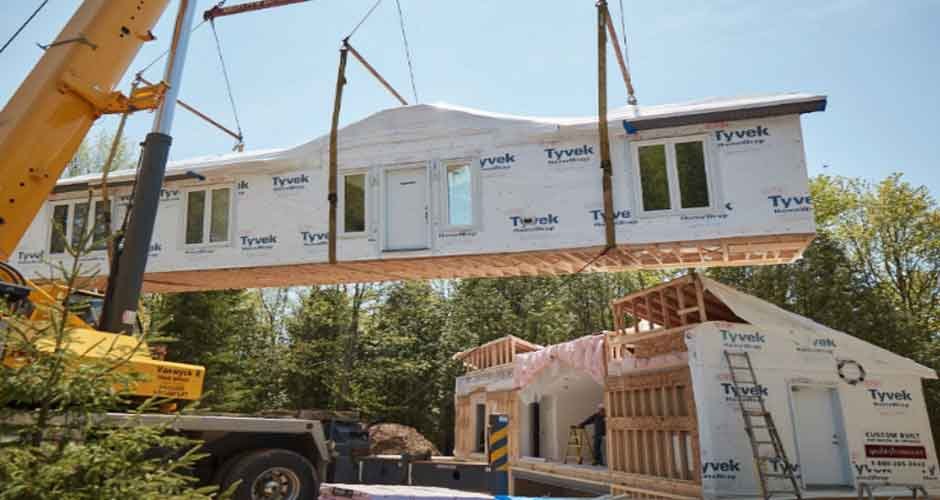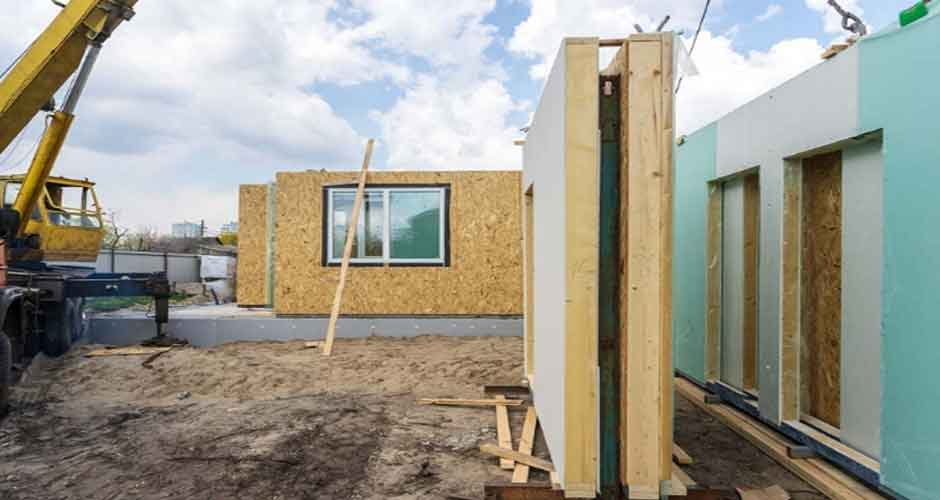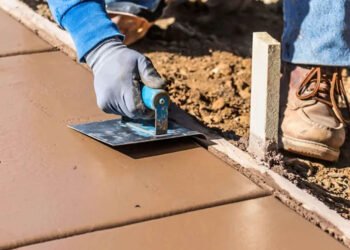The urban and ever-changing landscape has quickly transformed the way we build our homes. With the growing need for numerous and expedited residential developments, there’s been a notable shift towards more sustainable and efficient construction methods.
Among the notable trends in the construction industry is the rise of modular homes. These prefabricated structures have been gaining popularity due to their numerous advantages over traditional stick-built varieties, along with their ability to cater to the demands and expectations of modern living.
What Is Modular Construction in Building?

In short, efficient and convenient modular house construction involves the off-site fabrication of individual modules, usually in a controlled factory setting. This systematic assembly process allows builders to produce sections of a home on an assembly line, which are then shipped to the site for final installation and connection. It often involves the use of advanced technology, including computer-aided design and manufacturing systems, to ensure precise and seamless construction.
Why Is Modular Construction Better?
The demand for modular house construction isn’t just a fleeting trend; it’s a clear indication of the numerous benefits that come with this innovative approach. Naturally, the advantages will vary from project to project, but some of the most notable ones include:
Faster Completion Time

The main factor driving the popularity of modular homes is their much shorter construction times; builders can achieve up to a 50% speed reduction by fabricating individual modules and assembling them on-site. This practical assembly process allows homeowners to move into their new homes much sooner than they would with traditional construction methods.
On average, it takes about 12 weeks to build one of these projects, with most of the construction work occurring simultaneously. If you compare that to traditional construction methods, the difference is quite significant. For instance, traditional stick-built homes could take anywhere from 6 months to a year to complete, depending on the scope and complexity of the project.
is a well-known issue in the industry. While excess materials from conventional construction often wind up in landfills, raising costs and posing environmental risks, modular homes minimize material waste through controlled off-site fabrication, which reduces the amount of waste that ends up there as well as the amount of raw materials needed for the project.
Additionally, unlike traditional construction, the modules’ on-site assembly doesn’t cause a lot of noise or debris to disturb the neighborhood. This effectively reduces the impact on the environment and enhances community relations.
Improved Quality Control
Quality control is a crucial aspect of any construction project. With traditional construction, builders often face challenges in maintaining consistent quality due to weather conditions, on-site mishaps, and other unforeseen circumstances. However, with modular houses being built in a controlled factory setting, the risk of human error is significantly reduced. This leads to a higher-quality end product, with minimal defects and issues.
If you think about it, construction workers don’t have to battle harsh weather conditions when assembling modules in a factory. Plus, with standardised processes and quality checks in place, each module is produced to the same high standard, ensuring consistency throughout the project.
Lower Cost of Construction
In addition to saving time and reducing material waste, modular homes also offer significant cost savings. The off-site fabrication process means that builders can purchase materials in bulk at a lower cost, resulting in reduced construction expenses. This is particularly beneficial for developers and homeowners working within tight budgets.
Moreover, the faster completion time also leads to cost savings as it minimizes overheads, such as labour costs and site maintenance expenses. When there’s less time spent on the construction site, there’s a reduced need for supervision and coordination, which can add up to significant savings. Not to mention, the controlled factory setting helps avoid delays and costly mistakes that can often occur with traditional construction.
Increased Flexibility and Customisation Options

These projects may have a reputation for being generic or cookie-cutter in design, but that’s far from the truth. Many people assume that the modular nature of these homes limits their customisation options, but in reality, it offers a high level of flexibility. You’re not only limited to a single design, but you also have the freedom to incorporate custom features and finishes that meet your unique preferences.
Moreover, modular homes can be easily expanded or reconfigured in the future, making them ideal for those who may want to accommodate changing needs or lifestyles. In traditional construction, major modifications like additions or renovations can be costly and disruptive, but with modular homes, they can be achieved with relative ease and minimal disruption.
Greater Sustainability and Environmental Benefits
Sustainability is a pressing concern in today’s world, with numerous industries striving to reduce their environmental impact. With modular homes, the controlled nature of construction helps minimize waste and energy consumption, making them a more sustainable option than traditional stick-built homes. Builders can also incorporate eco-friendly materials and practices into the fabrication process, further enhancing the sustainability of these projects.
Moreover, many manufacturers use recycled materials in their production processes, reducing the need for new raw materials and promoting a circular economy. Plus, the energy-efficient design of modular homes can also help homeowners save on utility bills in the long run, making them a more cost-effective and environmentally friendly housing option.
Enhanced Safety and Reduced Risk of On-Site Accidents
Finally, modular construction offers enhanced safety benefits compared to traditional construction methods. With modules being built off-site, workers are not exposed to the same risks as on-site construction workers. This significantly reduces the chances of accidents and injuries, making it a safer option for both builders and homeowners.
Furthermore, since most of the work is completed in a factory setting, there’s less likelihood of weather-related hazards or other external factors that can impact worker safety. This inherently results in a lower risk of construction delays, ensuring that projects are completed on time and within budget.













